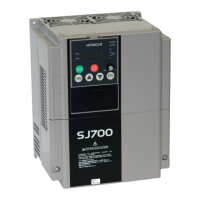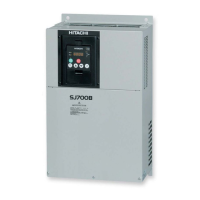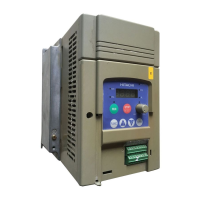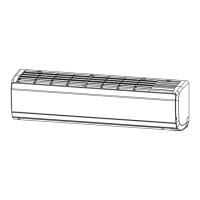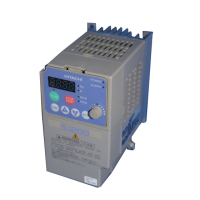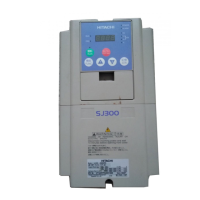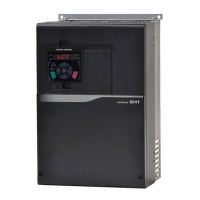Chapter 4 Explanation of Functions
4-48
(1) Binary operation mode
Assign functions "02" (CF1) to "05" (CF4) individually to the terminal [1] to [8] functions (C001 to C008) to make
multispeed s 0 to 15 available for selection.
Specify the desired frequencies for speeds 1 to 15 by setting multispeeds 1 to 15 (A021 to A035).
You can set speed 0 by using function "A020", "A220", "A320", or "F001" (see Section 4.2.1) when you have specified
the digital operator for the frequency source setting. You can set speed 0 by using the O, OI, or O2 terminal when you
have specified the control circuit board for the frequency source setting.
- With multispeed binary operation mode, you can use the multistage speed/position determination time setting
(C169) to specify a delay to be set until the relevant terminal input is determined. Use this specification to prevent the
application of fluctuating terminal input before it is determined.
- The input data is finally determined when terminal input becomes stable after the delay set as C169.
(Note that a long determination time deteriorates the input terminal response.)
(2) Bit operation mode
- Assign functions "32" (SF1) to "38" (SF7) individually to the terminal [1] to [8] functions (C001 to C008) to make
multispeed s 0 to 7 available for selection.
- Specify the desired frequencies for speeds 1 to 7 (SF1 to SF7)
by setting multispeeds 1 to 7 (A021 to A027).
If two or more input terminals are turned on at the same
time, the terminal given the smallest terminal number
among them has priority over others. The "X" mark in the above table indicates that the speed can be selected,
regardless of whether or not the corresponding terminal is turned on.
Frequency input from the
digital operator or via an
external analog input
terminal
Frequency input from the
digital operator or via an
external analog input
terminal
Determination time (C169) = 0
Determination time (C169) specified
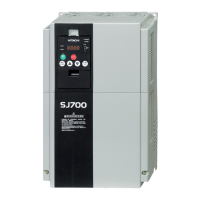
